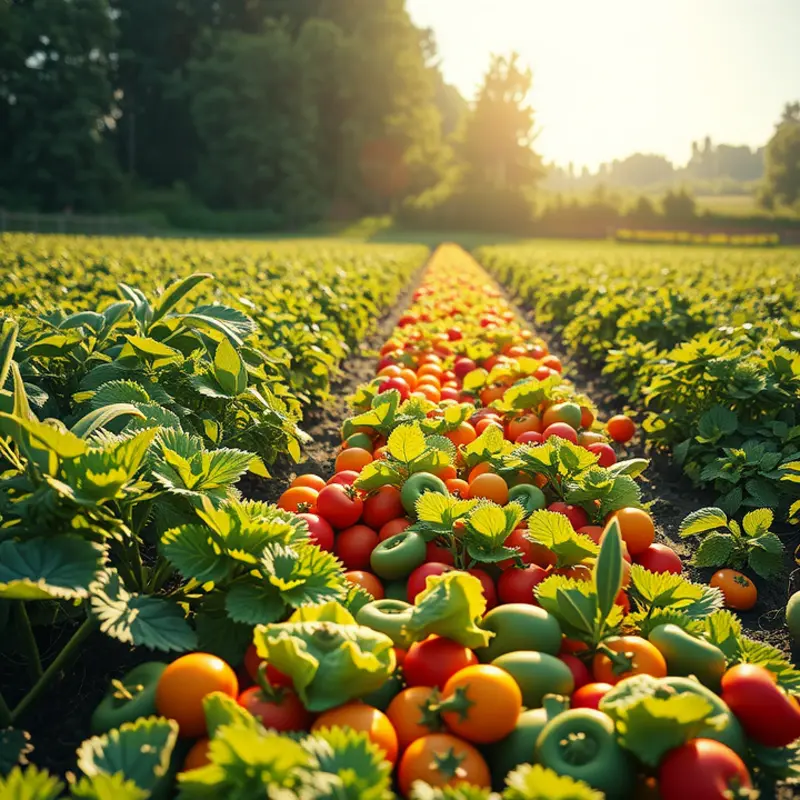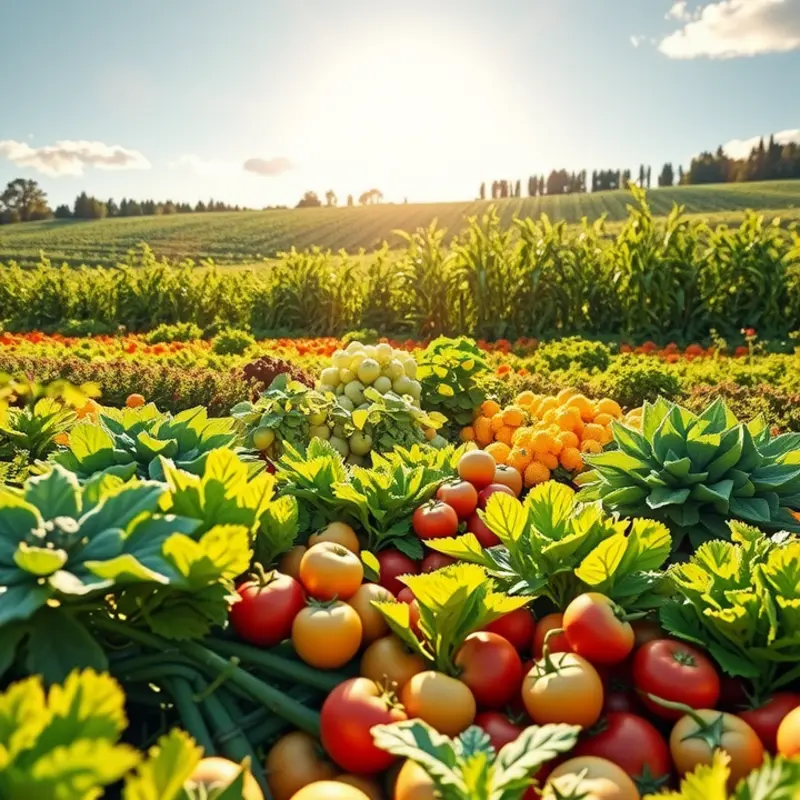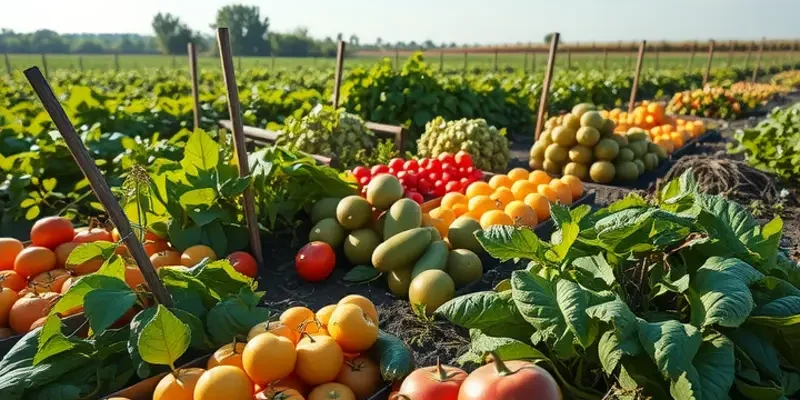Effective storage of dry goods is crucial for maintaining food freshness and reducing waste. With the right techniques and tools, you can extend the life of your pantry staple items like grains, legumes, and spices. This practical guide will provide easily actionable storage tips to help you improve your food management at home, ensuring that nothing goes to waste.
Selecting the Right Storage Containers

To maintain the freshness of your dry goods, selecting the appropriate storage container is crucial. Each type of dry good may have unique storage needs, but keeping a few general principles in mind can make a significant difference in extending shelf life and reducing waste.
Airtight containers are your first line of defense against spoilage. By preventing air circulation, these containers help maintain the integrity and flavor of stored foods such as grains, pasta, and flour. Choose containers with secure lids that seal completely to block moisture and pests. For smaller dry goods like spices and herbs, consider containers that offer both airtight seals and protection from light.
Material choice is another important factor. Opt for glass or BPA-free plastics, as these materials do not interact with your food items, preserving taste and safety. Glass containers, in particular, are non-porous and free from chemicals that could leach into your food. They are suitable for storing everything from pulse-driven nuts to granola mixes. BPA-free plastics are lightweight alternatives that also maintain food safety, making them ideal for loose bulk items that require frequent access.
Labeling is an often-overlooked aspect of smart storage. By marking each container with its contents and the date of storage, you provide a visual reminder of freshness and can track usage. It aids in rotation practices, ensuring older stock is used before newer purchases, thus minimizing waste.
For those who buy dry goods in bulk, vacuum sealing can be an excellent solution. This method extends the shelf life of beans, rice, and other staples by removing air from the storage environment, further inhibiting oxidation. Vacuum sealing is particularly beneficial as it compresses the size of the packages, freeing up valuable pantry space.
Consider the storage environment as well. For maximum preservation, place spice containers in cool, dark places, as heat and light can rapidly degrade their potency. Integrating a storage strategy within your kitchen setup can lead to more efficient use of space while ensuring every item remains fresh. For eco-conscious tips and practical storage solutions, explore eco-smart kitchen storage.
Tackling the challenge of selecting the right storage containers requires careful consideration. By combining the use of airtight seals with the choice of suitable materials and appropriate labeling, your dry goods can maintain quality and freshness much longer. The effort you put into selecting and managing these containers is a worthy investment that pays off in the form of reduced waste and enhanced flavor retention.
Organizing Your Pantry for Accessibility

An organized pantry is a cornerstone for efficient meal preparation and reducing food waste. Effective organization starts with arranging your items by type and frequency of use. Place essentials like grains, oils, and spices at eye level for easy access. This simple arrangement saves time during busy meal preparations. Seasonal or specialty items can be stored on higher or lower shelves.
Categorization plays a crucial role in maximizing pantry space. Use baskets or bins to group similar items like baking supplies, canned goods, or snacks. This not only keeps things tidy but also helps in locating ingredients quickly, minimizing the need for repetitive purchases. Label each basket clearly to simplify restocking and inventory checks.
Implementing a first-in-first-out (FIFO) system is pivotal to ensuring older products are consumed first. Arrange new purchases behind existing stock to facilitate this system. This practice prevents foods from languishing in the back of the pantry, reducing the risk of spoilage and waste.
Regularly checking expiration dates is essential. Make it a habit to review your pantry monthly, removing items past their prime. This step is crucial as expired goods can lead to health risks and can alter the taste or texture of your dishes.
Consider setting up a dedicated space for staples you use frequently. For example, designate a section for breakfast items if you often make morning meals. This creates a workflow that not only saves time but also encourages the consumption of perishable items before stocking up on new ones.
Incorporating strategic rotation of products can further enhance efficiency. As you unpack groceries, check the labels and move older items forward. This habit is particularly effective in preventing food waste and ensuring you’re using ingredients at their freshest.
Furthermore, a well-maintained pantry contributes to mindful eating habits. Having a clear view of your inventory can inspire creative meal planning, reducing the impulse to order takeout or let ingredients spoil. If you’re interested in deeper insights into mindful consumption, you might want to explore addressing unconscious eating.
To maintain long-term pantry organization, periodically clean the shelves and assess your system’s effectiveness. Update your strategies based on changing needs and preferences. An adaptable approach ensures your pantry remains a supportive tool in minimizing waste and maximizing freshness.
Final words
By incorporating these dry goods storage tips, you can effectively extend the life of your pantry staples while reducing food waste. Implementing proper container selection, maintaining a clean pantry, and organizing your stock intelligently enhance both accessibility and freshness. Create a sustainable food habit that not only supports your kitchen but also contributes positively to your budget and the environment. Make informed choices about how you store dry goods, and you’ll find your food management becomes simpler and far more efficient.







